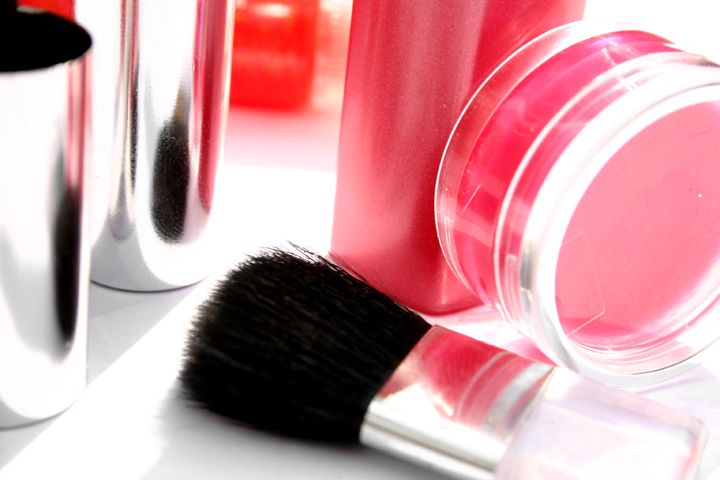Facts about Cosmetics
- Cosmetic in the ancient Egypt was very important part of religion. To honor the gods and the spirits, people took very good care of their bodies. Face makeup and body oils were considered sacred.
- Ancient cosmetic products often contained poisonous ingredients. Because of their deadly nature, only aristocracy and upper class wore extensive makeups, and common people looked on them with distaste, and sometimes open hostility.
- Roman senate elected the (short lived) law called “LexOppia” which prevented females to obtain and wear cosmetic products in public. This was implemented because high class women from Rome managed to spend fortunes in obtaining extravagant cosmetic products from India and Middle East.
- Between 1920 and World War II, Chemist and cosmetologist invented face mascara, eyebrow pencils, lip gloss, sunscreen oil and hairspray.
- Nail colors were invented in ancient China, but were used only by nobility and aristocracy. Ordinary people were executed if they were caught wearing it.
- At the end of 19th century general population started using first industrial made deodorants and Colgate’s toothpastes in tubes.
- The largest cosmetic company in the world today is L’Oreal. They started their business in 1909, and are currently owned by founder’s daughter Liliane Bettencourt and the famous Swiss food company Nestlé.

- Elizabethan era was famous for the fashion of start white faces and darkly painted eyes and lips. One of the ingredients for their eyeliner was coal.
- Carmine color of red is produced form the grinded bodies of Cochineal beetles. This recipe was first discovered in Egypt, but it was also used extensively by Incas and Aztecs in coloring lips and nails.
- Discovery of Pharaoh Tutankhamen’s tomb sparked the worldwide acceptance of eye liner products.
- Various governments and regulatory bodies have strict control over manufacture and distribution of cosmetic products around the world.
- England almost accepted a law in 18th century that enabled men to divorce their wives if they caught them wearing makeup. Century later, Queen Victoria publicly declared public use of cosmetic improper and vulgar.
- Catholic Church deemed many cosmetic products improper during dark and middle ages in Europe.
- French fashion designer Coco Chanel introduced to the great success tanning oils to the market in early 20th century.
- In 15th century, women preferred not to have any hair on their face. Because of that fashion style, famous Mona Liza does not have eyebrows.
- After Crusades, trade with Middle East, India and Africa introduced Medieval Europe with many cosmetic products.
- Shimmer in lipsticks was often induced by adding small fish scales into its formula.
- Sales of lipstick skyrocketed in 1915 with the introduction of portable lipsticks.
- Early 20th century marked the time when cosmetic products finally became accepted by the public. Large marketing campaigns, numerous inventions, and fashion swings gave the birth of almost all cosmetic products that are used today.
- In 1960s, young girls were finally able to start using moderate amounts of make-up.
- Cosmetic industry moves around the 20 billion dollar each year.
